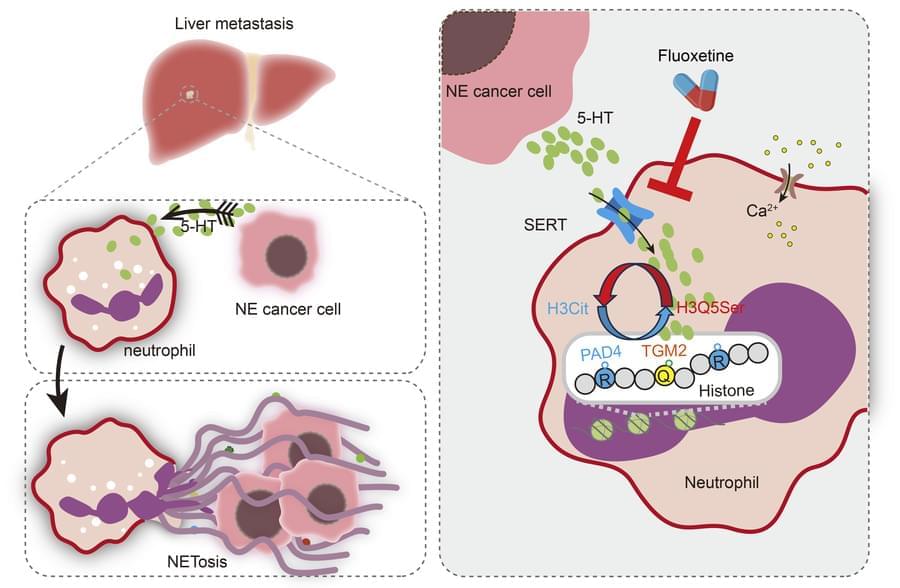The first genetically engineered synapses have been implanted in a mammal’s brain. Chemical brain signals have been bypassed in the brains of mice and replaced with electrical signals, changing their behaviour in incredible ways. Not only did they become more sociable, they were also less anxious and exhibited fewer OCD-like symptoms. This work has sparked hope that one day we could use this technology to help humans with mental health conditions. But would you want someone making permanent edits to your brain?
For the first time, climate scientists can now link specific fossil fuel companies to climate-related economic damages in particular places. A new method has been developed that can show the exact impact these companies are having on our environment — which the world’s top five emitters linked to trillions of dollars of economic losses. Find out how scientists have managed to piece this together — and whether these companies are about to face massive lawsuits.
As we reflect on the death of Pope Francis, we explore his legacy on scientific issues and his transformative stance on climate change. As the spiritual leader of 1.4 billion Catholics, he became an influential figure in advocating for better care to be taken of our planet. Will his legacy continue with the next Pope?
Chapters:
00:00 Intro.
00:28 First brain engineering in a mammal.
10:57 Landmark in fossil fuel lawsuits.
19:33 Climate legacy of Pope Francis.
Hosted by Rowan Hooper and Penny Sarchet, with guests Alexandra Thompson, James Dinneen, William Schafer, Chris Callahan, Justin Mankin and Miles Pattenden.
–
Learn more ➤ https://www.newscientist.com/podcasts.
Subscribe ➤ https://bit.ly/NSYTSUBS








